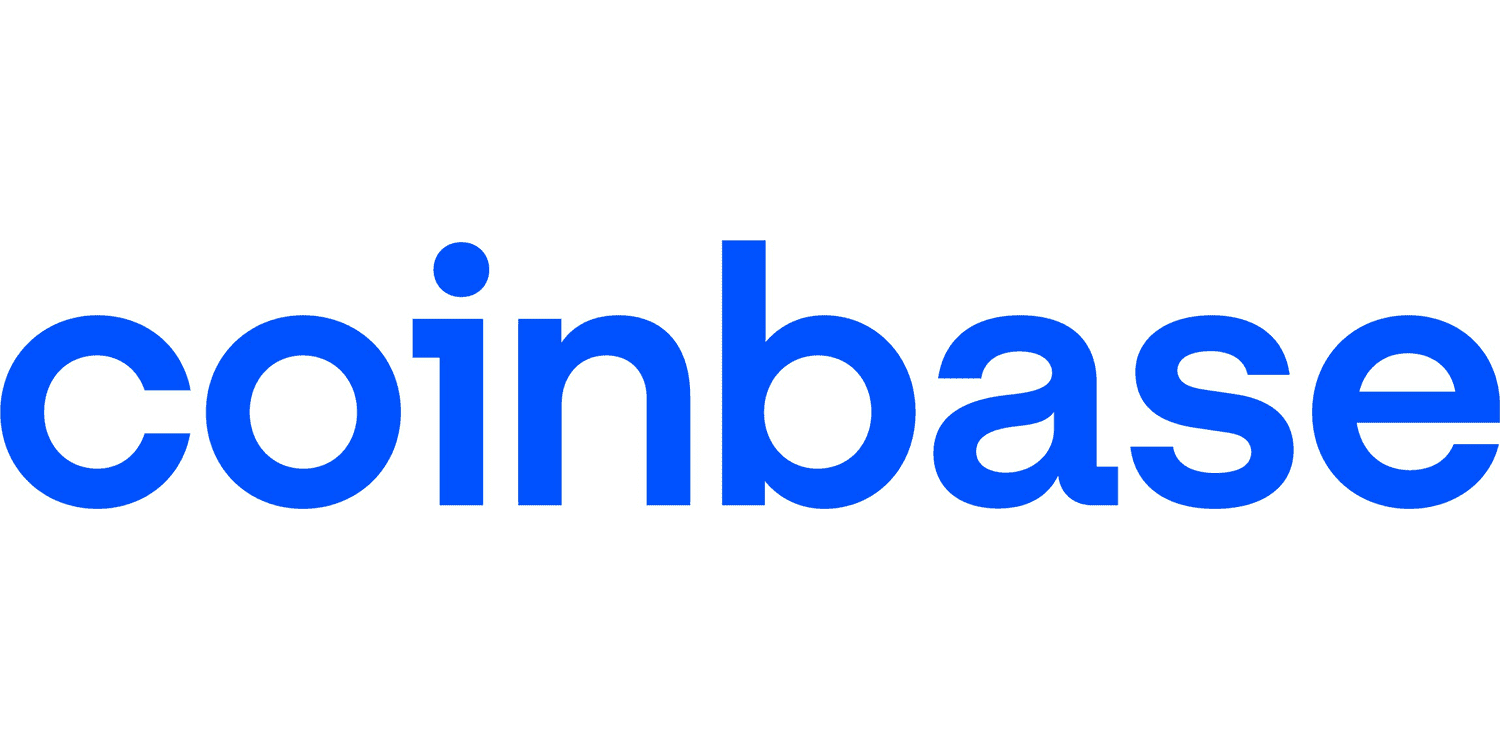"How Access Controls Safeguard Your Organization’s Data and Physical Spaces"
In an era where security breaches and unauthorized access are growing concerns, access controls have become essential for protecting both physical and digital assets. These systems are designed to regulate who can access specific resources, ensuring that only authorized individuals are granted access to sensitive data, systems, or physical spaces. Whether in the form of physical locks, digital authentication methods, or multi-layered security protocols, access control is a cornerstone of modern security strategies.
What Are Access Controls?
Access control refers to the practice of managing and regulating who has permission to access certain resources within a system. These resources could be physical spaces like offices, or digital spaces like computer systems and networks. The goal of access control is to ensure that only authorized individuals can interact with those resources, preventing unauthorized access, theft, or misuse.
There are two main types of access controls: physical access control and logical (or digital) access control. Physical access control includes systems that limit access to buildings, rooms, or specific areas, such as card readers, biometric scanners, and keypads. Logical access control refers to security measures that protect digital systems, including password-based authentication, biometrics, or two-factor authentication (2FA).
Types of Access Control Systems
-
Discretionary Access Control (DAC): In DAC systems, resource owners have the discretion to grant or revoke access permissions to users. This type is flexible but can be less secure if not properly managed.
-
Mandatory Access Control (MAC): In MAC systems, access policies are predetermined and enforced by a central authority. This approach is commonly used in environments where security is a top priority, such as government or military organizations.
-
Role-Based Access Control (RBAC): RBAC grants access based on the user's role within the organization. This system is efficient for managing large user bases, as access rights are linked to job responsibilities rather than individual users.
-
Attribute-Based Access Control (ABAC): ABAC systems use attributes (such as age, department, or security clearance) to determine access permissions. This system offers a more granular level of control and is often used in more complex environments.
Benefits of Access Controls
-
Enhanced Security: By restricting access to only those with the proper credentials, access controls reduce the risk of unauthorized access, data breaches, and theft.
-
Compliance: Access control systems help organizations meet regulatory requirements, such as those outlined in HIPAA, GDPR, and PCI-DSS, which require strict data protection and user privacy.
-
Efficiency: Access control systems streamline security by automating the process of granting and revoking access, saving time and reducing administrative overhead.
-
Audit Trails: Modern access control systems create detailed logs of who accessed what and when, allowing for audits and ensuring accountability.
Conclusion
Access controls are an indispensable part of any comprehensive security strategy. They protect sensitive data, prevent unauthorized access, and ensure that only the right individuals can access critical systems and physical spaces. Whether you're securing your organization’s digital infrastructure or protecting physical assets, implementing robust access control measures is essential for safeguarding your operations and maintaining compliance with industry regulations.






